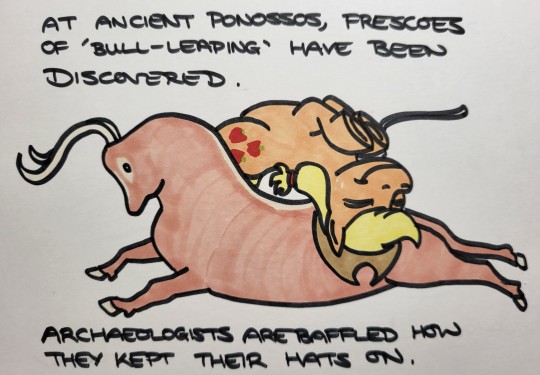#minoans
Photo

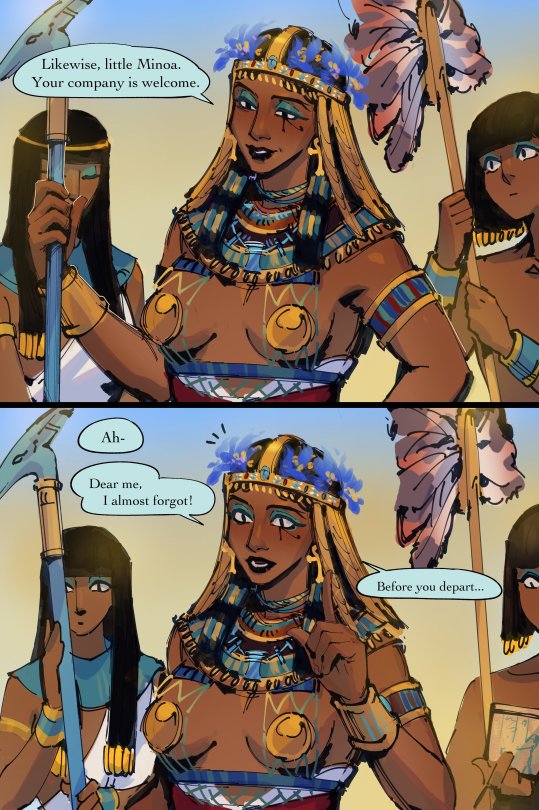



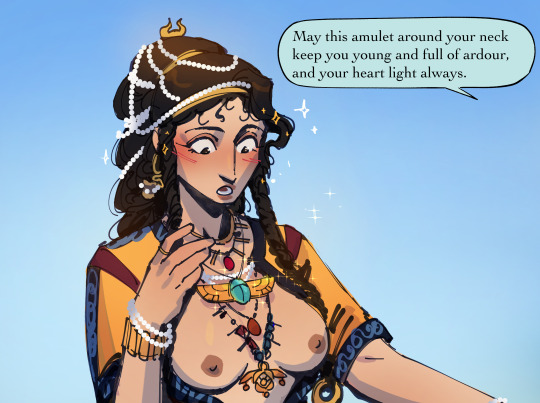
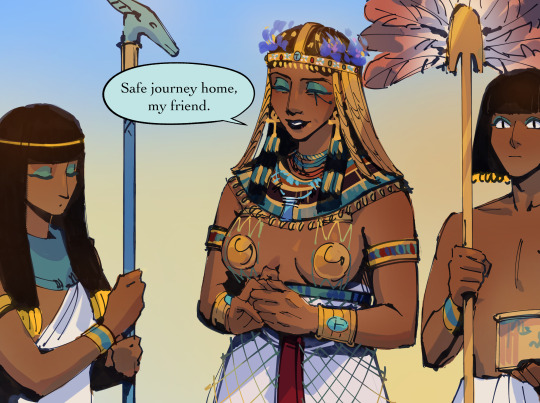

art by @lullintoes
462 notes
·
View notes
Text
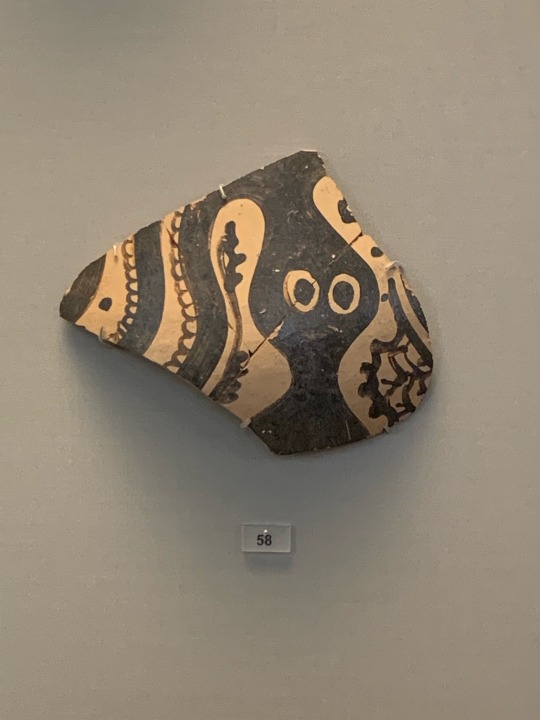
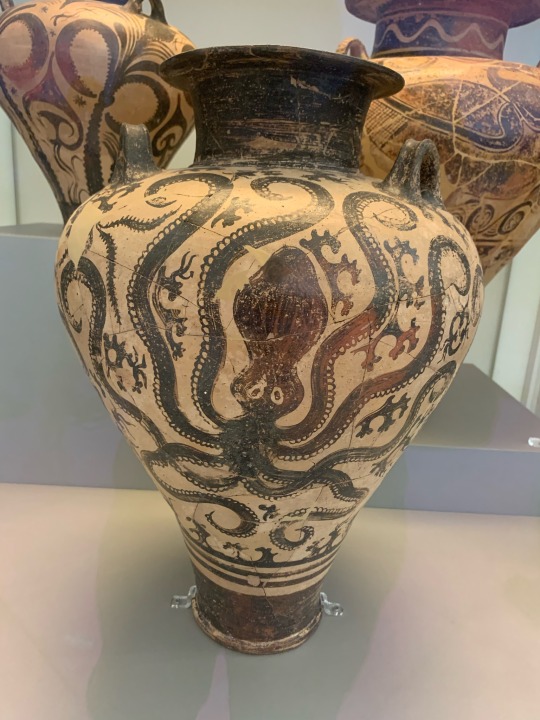


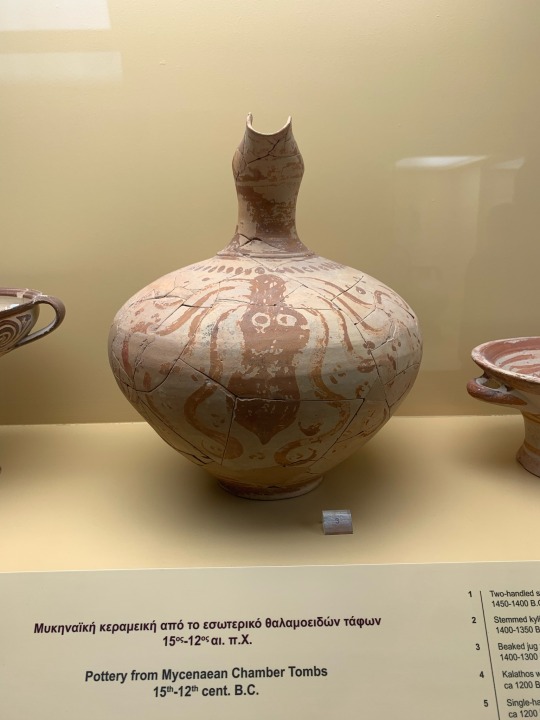
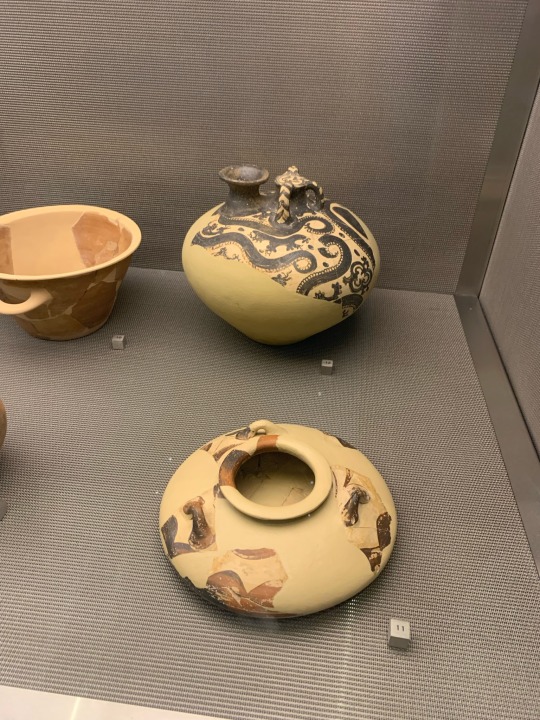



Ancient Greek Octopus Vases
Spotted at the Acropolis Museum, the National Archaeological Museum, and the museum of the Ancient Agora, all in Athens
Photos by me
#tagamemnon#Ancient Greece#octopi#history#archaeology#museums#academia#Minoans#Mycenaean#Minoan#I love these little guys so much what absolutely delightful creatures
1K notes
·
View notes
Text
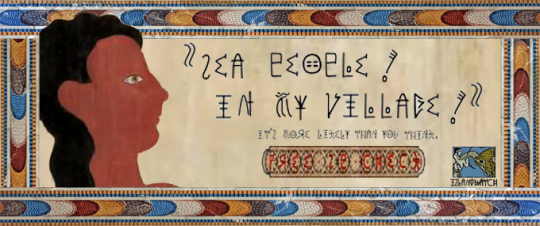
#bronze age#memes#meme#lol#funny#silly#dumb jokes#bad jokes#ea nasir#history#archaelogy#minoans#mycenae#ancient greece#mediterranean#greece#jokes
158 notes
·
View notes
Text



Minoan frescoes. The 1600s BC was a great time for fashion.
#art#art history#ancient history#history#ancient greece#greece#frescoes#fresco painting#minoan#minoans#minoan civilization#bronze age#fashion#fashion history#history of fashion#ancient civilizations
58 notes
·
View notes
Text

This week's hyper fixation ; Minoan civilization.
The Minoans have been heavy on my mind lately. Maybe also because of the documentaries I've watched....
I love how colorful their frescos are and the fashions of the time 😌
Biggest issue; why is there so little left of them?? Why did they have to be wiped out like that... honestly wish I could go back in time to experience their culture and daily life.
77 notes
·
View notes
Photo
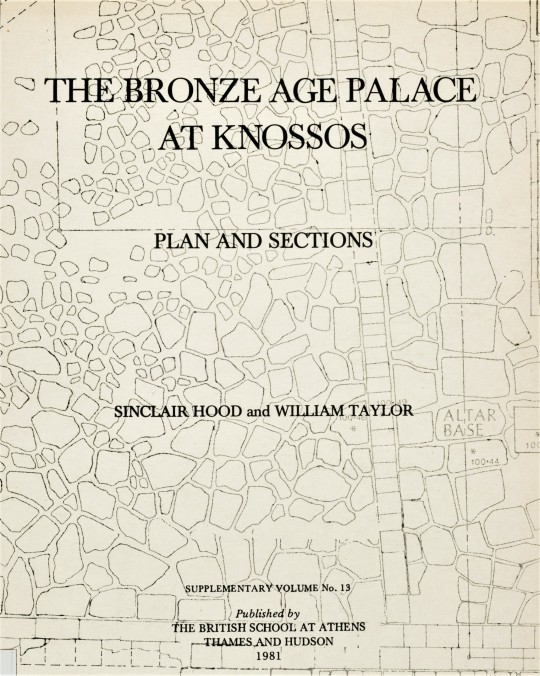
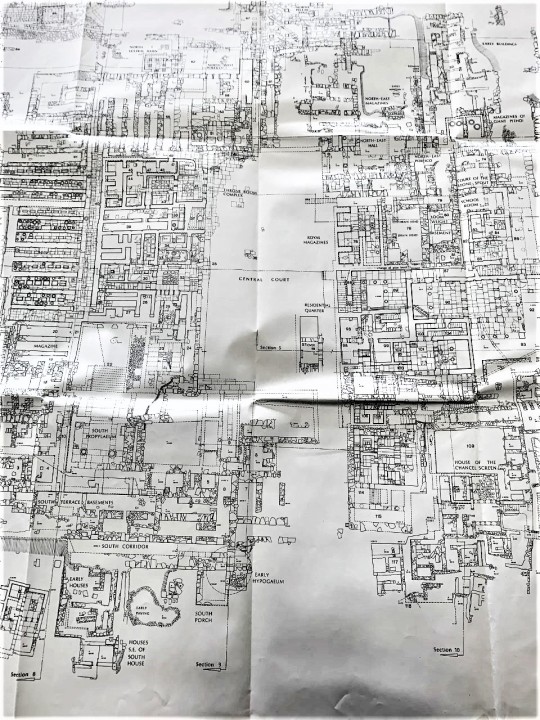
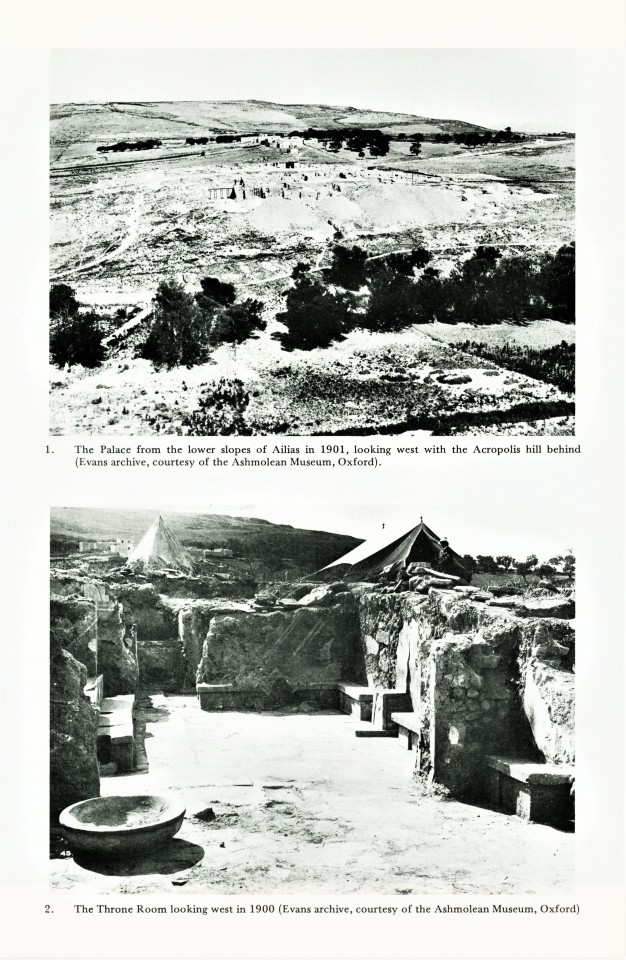

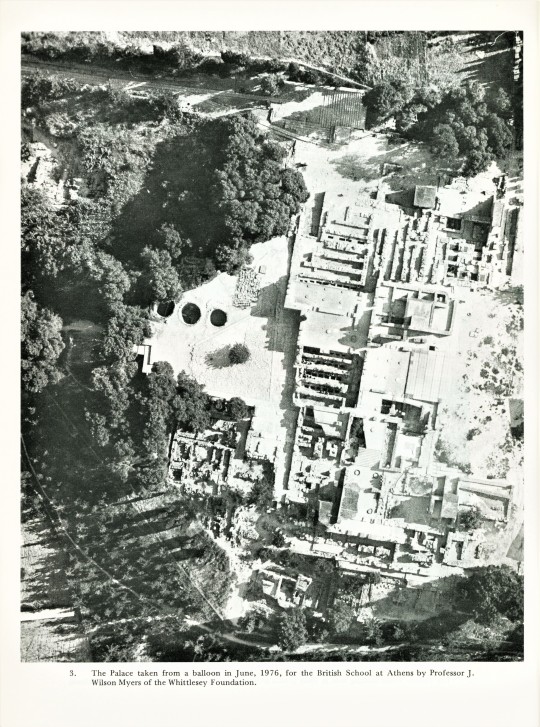
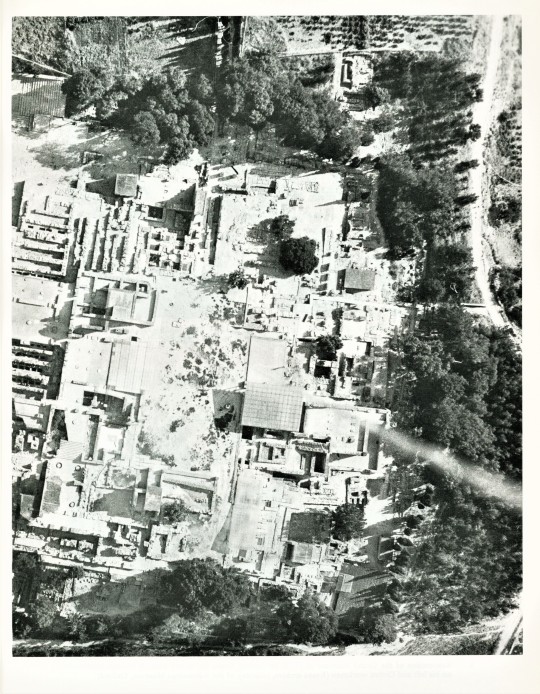


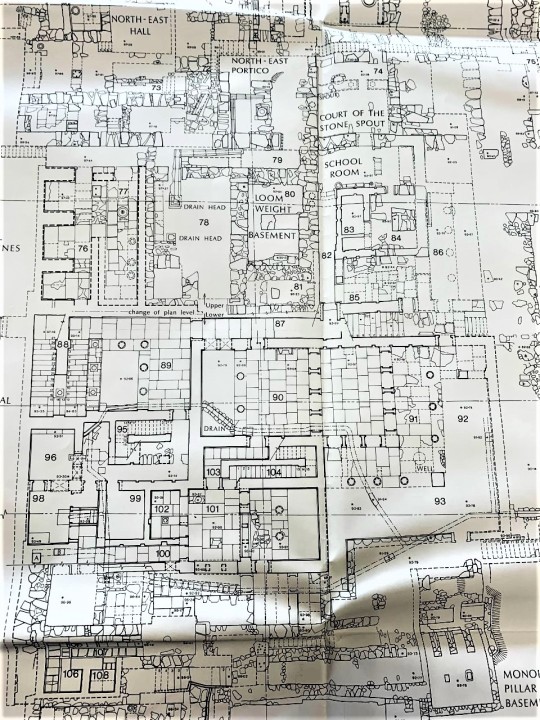
The Minotaur in the Labyrinth
The Minotaur in the Labyrinth stands as one of the ancient stories that has survived the test of time and continuously appears in mainstream entertainment. Most understand that this concept began with the story of Theseus of ancient Athens and how he navigated the labyrinth and slayed the beast within, but many don’t know the inspiration of this idea.
Nearly a millennia before Classical Greece rose to the height of its power (500-350 BCE) the two leading cultures of the Aegean Sea were the Mycenaeans on the mainland and the Minoans on modern day Crete, and it is on this island that we find the labyrinthian structures of Bronze age Greece.
The Bronze Age Palace at Knossos: Plan and Sections by British archaeologist Sinclair Hood and Canadian archaeologist William E, Taylor, Jr., was published as Supplementary Volume No. 13 of The British School at Athens in 1981. It shows the archaeological remains of one of the many Minoan Palaces. Though mostly destroyed and crumbling, we can still see the complex layout of halls and rooms that twist, turn, and abruptly end. Beginning with the excavations of Sir Arthur Evans in 1900, scores of theories have been raised about the purpose of such confounding architecture, from a form of defense to a means of controlling foreign visits.
Besides the confusing architecture, though no depictions of minotaurs were found, Minoan Palaces such as the one at Knossos did contained several pieces of art that depicted bulls. Upon further inspection, the symbol of the Bull was quite prominent throughout the ancient culture from sports, such as bull leaping, to religious sacrifice.
When looking to those who lived in the past, one should remember that we are not the only ones who inquired about archaeological remains. These ruins would’ve been seen by the Classical Greeks, but by that time their imaginations about the great Palaces and Bull iconography of the Minoan civilization was transformed into the myth of the Minotaur in the Labyrinth.
View more posts on Ancient Greece.
-- LauraJean, Special Collections Undergraduate Classics Intern
#Ancient Greece#Minotaur#labyrinth#Minoans#Knossos#The Bronze Age Palace at Knossos#bronze age#Palace at Knossos#archaeology#Sinclair Hood#William E Taylor Jr.#British School at Athens#greek mythology#Crete#LauraJean
318 notes
·
View notes
Text

it’s happening

it’s HAPPENING

*screaming*
148 notes
·
View notes
Text
minoans
got a request for my minoan posts since I’m bad at tagging shit and apparently they’re hard to find, so:
Part One: The Case of the Extremely Victorian Goddess
Part Two: The Joys of Being a Contextless Artifact
Part Three: Isadora Duncan, Being Absolutely Insufferable
Part Four: Did You Miss That She Has a Cat on Her Head?
90 notes
·
View notes
Text
Flag of the Minoan Empire

This is the flag of the Minoan Empire. It comes from a world where the eruption of Thera never happened. As a result the Minoan civilization continued to flourish and eventually went on to conquer the Mycenaeans. The Minoans forged several trade networks and founded an empire that stretched across the Mediterranean. The Minoan conquest of the Mycenaeans meant that Ancient Greek civilization, as we know it, never came to be.
The Minoan Empire prospered for many centuries, but just as Greece and Rome did in our world, eventually it had to come to an end. However, just as later civilizations looked to Greece and Rome for influence and inspiration, so to did the future civilizations of this world look to the Minoans. Minoan culture cast a heavy shadow on future civilizations, and the legacy of the art and ideas would live on even after thousands of years.
The dark purple represents the wine-dark sea, and the Minoans control over it. The golden axes are Labrys, a type of double bladed axe commonly found in Minoan artwork and ruins. They are believed to have symbolized authority.
Link to the original flag on my blog: https://drakoniandgriffalco.blogspot.com/2016/02/flag-of-minoan-empire.html?m=1
#alternate history#flag#flags#alternate history flag#alternate history flags#vexillology#ancient greeks#ancient greece#greece#crete#minoan#minoans#Minoan Empire#Mycenaean#mycena#Mycenaeans#alt history
28 notes
·
View notes
Text
Finally got my groove back, see you soon!!
#minoan#webcomics#historical comics#minoans#webcomics on tumblr#magical girls#artists on tumblr#saffron wave#original magical girl
4 notes
·
View notes
Photo

Minoan cups and mugs! Kamares ware found at Knossos, Crete and dating to the Proto-Palatial period (1900-1700 BCE). Heraklion Museum, Crete.
55 notes
·
View notes
Text
The Minoans don't have the tradition that the Polynesian navigators do of having migrated thousands of miles by the sky, but still a very interesting finding.
25 notes
·
View notes
Text
The Cambridge companion to the Aegean Bronze Age
#books#aegean bronze age#prehistory#archeology#crete#cyclades#mainland greece#minoan civilization#minoan crete#minoans#mycenaean greece#mycenaeans#greek history
13 notes
·
View notes
Text
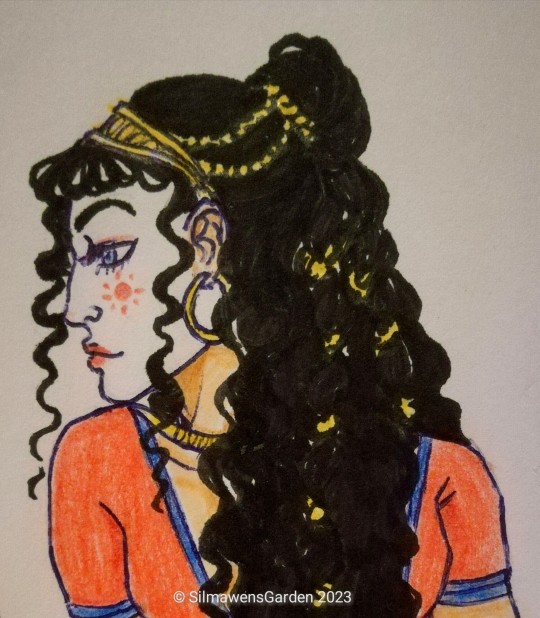
Minoan lady u.u
Seriously quite happy with how her nose came out.
Took some inspiration from frescos and descriptions of feminine beauty. I was actually quite surprised that they used thick white (lead?) Paste to whiten their skin.
41 notes
·
View notes
Photo
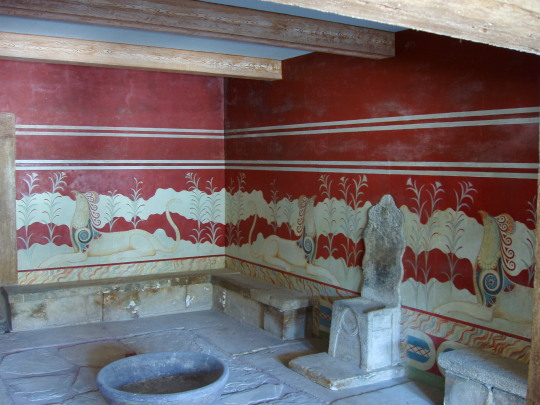
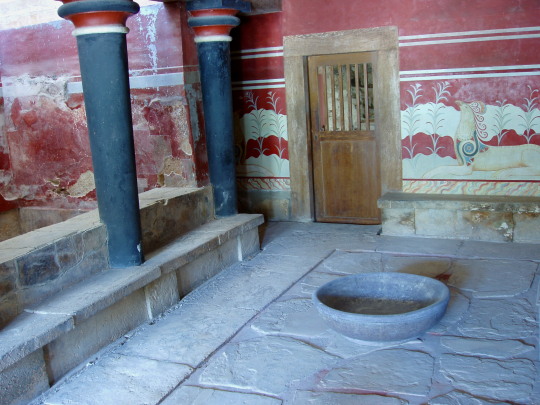
Today’s Flickr photos with the most hits was taken in Crete: the Throne Room in the Minoan palace at Knossos, with ‘lustral basin’. According to Evans’ interpretation.
50 notes
·
View notes
